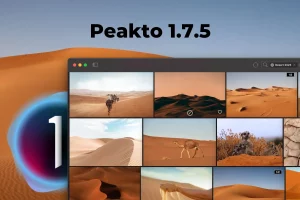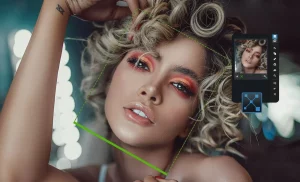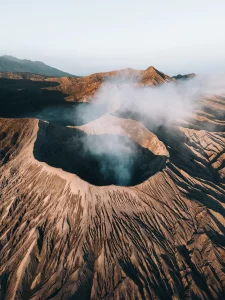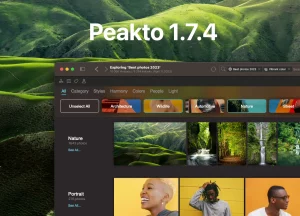Perhaps you’ve heard of photo annotation in photography, but you don’t really know how to use them or what they will do for you. With today’s digital cameras and the assistance of a good organizing software and good tools, photographers can conveniently comment details such as names and dates—and much, much more—into the photo file itself. In this article, I will share with you some of the ways this powerful procedure can facilitate your photo workflow by adding information to images that helps you organize and manage them quickly and efficiently.
Whether you are a beginner photographer looking to improve your quality of art or a professional looking for up to date ways to add depth and meaning to your photos, you will find that photo annotation tools can greatly enhance the quality of your workflow.
What Is Annotation in Photography?
Annotation in photography refers to the action of adding information or metadata to a photograph. This information can be captions, keywords, location information, date information, and more. It is typically used to help photo management, making it easier to find and identify specific photos. These notes can be added to photos using different software, such as Adobe Photoshop, Lightroom, and other photo management software as Peakto.
Annotate his photos can be convenient for professional photographers, and for those who need to organize and control large collections of photos and quickly find specific photos. It is also helpful for personal use, making it easier to organize and find specific moments based on the content, location, or some other notable characteristic. Learning to use notes is an important step for a photographer who wants to keep their photos well organized. When relevant metadata is added to a photo, it becomes much easier to search and organize all your edits and files. Annotations can enhance the context of a photograph: information such as the date, location, or subject in the photo will enable photographers to remember details about their photos. This information can be practical in recalling personal memories, specific photo or in professional projects where context is important.
For a professional photographer who may want to showcase their photo and video online and reach a wider audience, it can be particularly advantageous. Annotations and keywords will boost the search engine optimization (SEO) of the photographs, and they will be easier to find online. They can also safeguard the photographers’ legal rights, providing information such as copyright and licensing details.
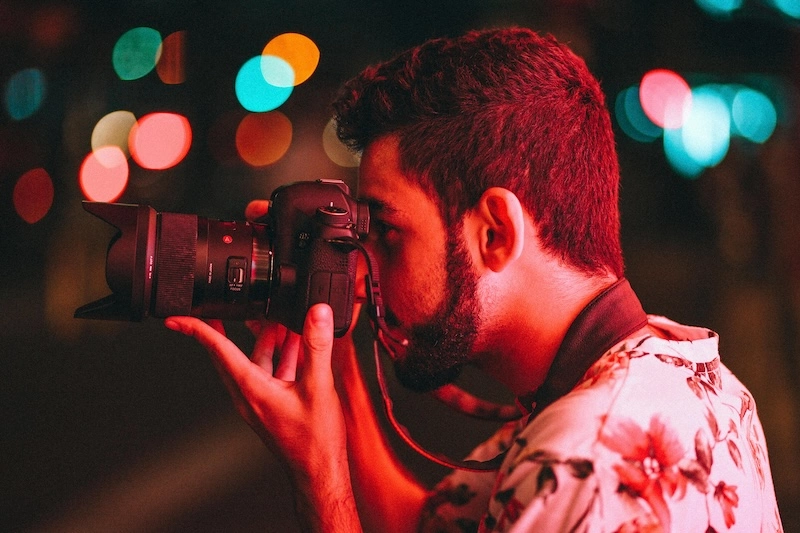
What Are the Different Types of Annotations?
There are no strict rules for annotating photos, as the procedure is meant to simplify finding photos and enhance a photographer’s workflow. Annotations are personal and vary from one photographer to another.
They can include:
- Who: Names of person (a tool with facial recognition can help).
- What: Subjects as animals, boats, mountains, flora, etc.
- Where: Locations.
- When: Date, season, hour of day.
- Events: Sports, weddings, hiking, etc.
- How: Equipment, camera settings, lighting conditions, panoramic shots.
- Copyright: Owner, licensing terms, and legal information.
Consistent and organized annotations ensure easy retrieval of photos. Regularly cleaning up keywords helps maintain organization. Hierarchizing keywords is crucial for better photo annotation and optimizing your photo catalog management. Here’s why:
- Organization and Clarity: A long list of keywords can quickly become chaotic. By structuring keywords hierarchically, you can organize them intuitively. For instance, in wildlife photography, the general keyword “animal” can contain subcategories as “bird” and “mammal.” Under “mammal,” you can add keywords like “bear,” “wolf,” and “fox,” and even specific species under each of these terms.
- Ease of Management: Modern photo management programs often offer features for managing keywords hierarchically. This allows for easier navigation from broad categories to specific subcategories, making the workflow smoother and more efficient.
- Effective Searching: Mixing general and specific keywords allows easy access to different sets of photos. For instance, for a bald eagle photo, you can add terms like “bird of prey,” “bird,” and “wildlife.” This technique provides great flexibility for future searches. Whether you want a photo of a bird of prey for a project or all your wildlife photos, a mix of broad and specific keywords makes your searches more effective.
- Avoids Confusion: A well-organized keyword list avoids confusion when annotating or searching for photos. You know exactly where to find a specific term, saving time and effort.

What Are the Benefits of Annotating Photos for a Photographer?
Annotations are simply a tool, albeit a very powerful one, that helps photographers to stay organized, whether for their personal use or for their art, making it easier to find specific photos, organize large collections of photos, and add context to photographs.
This is very beneficial in many ways. Annotations can help with:
1. Organization
2. Educational Purposes
Photo annotation provides educational benefits by offering insights into the technical aspects of photography. Metadata reveals details such as lens type, camera settings, and lighting conditions, serving as a learning resource. Photographers can analyze these details to improve their skills, understand photographic principles, and foster continuous development.
3. Business Advantages
4. Historical Context

Can Artificial Intelligence Annotate Photos?
Absolutely. Technological advancements provide photographers with an up to date source of excitement: AI-powered keyword assignment. With modern AI tools, you can simply import your photos, and the software will automatically tag them with relevant keywords. These keywords can then be modified or added to as needed, offering a highly efficient and effective method for managing photo annotations.
- Cross-Catalogue Keyword Assignment: AI tools enable you to add keywords to photos stored in various folders and catalogs, facilitating a coherent and centralized organization.
- Automatic Keyword Assignment: AI analyzes your photos and suggests appropriate keywords, saving you valuable time and effort.
- Batch Annotation: With AI-powered tools, you can tag multiple photos at once, even if they are scattered across different locations.
- Keyword Harmony: AI helps maintain a homogeneous organization of your collections.
- Custom Labels: AI tools allow you to add your own custom keywords, ensuring your labels perfectly fit your unique needs.
- Preservation of Existing Keywords: AI tools can retrieve and integrate keywords from your original catalogs.
What Are the Annotation Tools Available on the Market?
These software tools revolutionize photo management by offering sophisticated and efficient solutions for keyword assignment and image organization, enabling photographers to manage their collections more intuitively and productively.
Peakto excels in photo organization with its AI-powered annotation tools. It features cross-catalog keywording, allowing users to add keywords to photos across multiple folders and catalogs, ensuring coherent organization. The AI-driven automatic keyword assignment recognizes photo elements and suggests appropriate keywords, saving time and effort. Batch annotation enables labeling of multiple photos simultaneously, even from different locations, enhancing efficiency for large collections. Peakto maintains consistency with keyword harmony, allowing easy copying and pasting of keywords. It supports custom tags for personalized labeling and preserves existing keywords from original catalogs, ensuring seamless integration. These functionalities make Peakto a powerful and intuitive tool for efficient photo management.
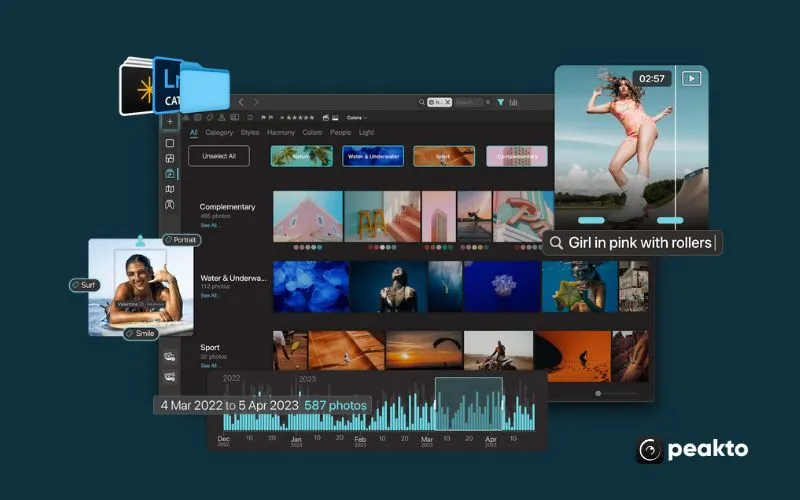
Is Photo Annotation a Good Practice?
Photo annotation plays a crucial role in photography, serving as both an organizational tool and a means to add context, depth, and meaning to photos. By efficiently annotating their photos, photographers can elevate the quality of their work, improve viewer understanding, and enhance online SEO. Annotations document the technical aspects of photos, saving photographers time and frustration. With practice and experimentation, photographers will discover how significantly annotations can boost their photography, making their work more organized and informative.






